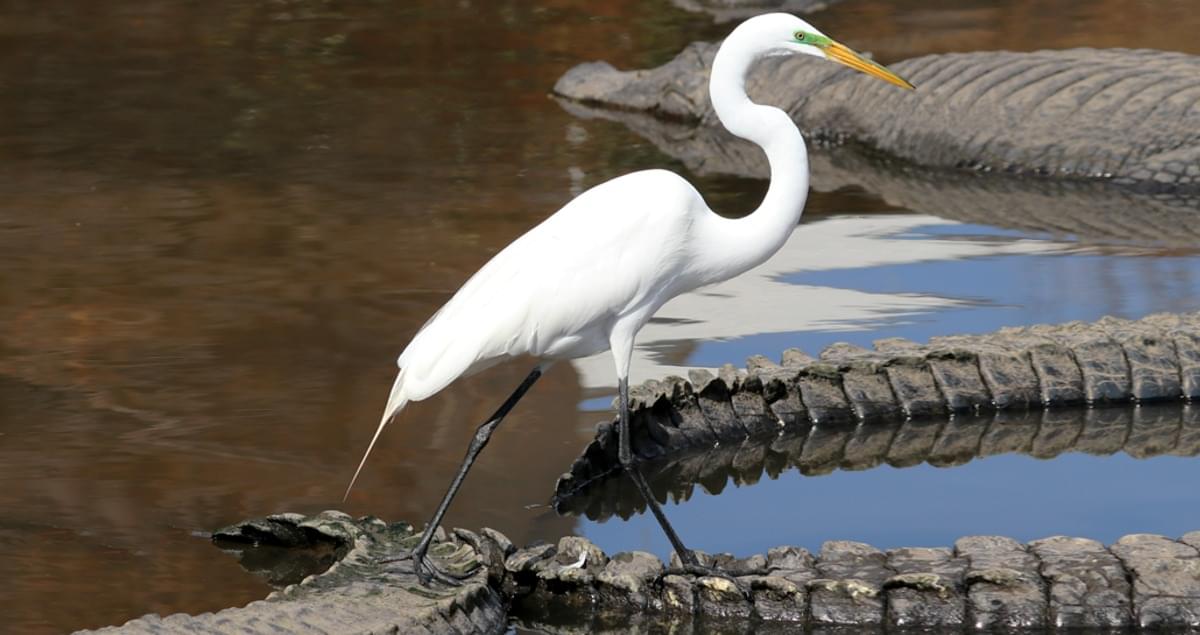
BONN: Plastic is a serious threat to wildlife globally, affecting various animal species including whales, turtles, fishes and birds. On May 11, World Migratory Bird Day, two UN wildlife treaties and conservationists around the world are calling for urgent action to put an end to plastic pollution by emphasizing on its negative effects on migratory birds. World Migratory Bird Day is celebrated each year to highlight the need for the conservation of migratory birds and their habitats.
“One third of global plastic production is non-recyclable and at least eight million tons of plastic flows unabated into our oceans and water bodies each year,” Joyce Msuya, acting Executive Director of UN Environment said.
Ingestion of plastic waste is more pervasive and can affect large proportions of some species. Birds mistake plastic as food causing them to starve to death as their stomachs fill up with undigestable plastic. Plastic is also being used as nest material. Many birds pick up plastic to line their nests mistaking it for leaves, twigs and other natural items, which can injure and trap fragile chicks.
Most entanglements among birds at sea, in rivers, lakes and even on land is caused by discarded fishing gear. Seabirds are particularly threatened by fishing gear. Many entangled seabirds are not detected because they die far from land out of sight of humans.
Peter Ryan, Director of the Fitzpatrick Institute of African Ornithology at the University of Cape Town said, “Becoming entangled in fishing gear or plastic litter condemns birds to a slow, agonizing death.” Out of the total 265 birds species recorded entangled in plastic litter, at least 147 species were seabirds (36 per cent of all seabird species), 69 species were freshwater birds (10 per cent) and 49 land bird species (0.5 per cent).
The recorded figures show that almost all marine and freshwater birds are at risk of entanglement in plastic waste and other synthetic materials. From eagles to small finches and other species of land birds are also affected, and these numbers are bound to increase.
The research shows that marine ducks, divers, penguins, albatrosses, petrels, grebes, pelicans, gannets and boobies, gulls, terns, auks as well as tropic birds are particularly at risk, as nearly 40 per cent of seabirds contain ingested plastic. The ingested plastic can kill or more likely cause severe injuries to birds. Further, plastic accumulations can block or damage the digestive tract or give the animal a false sense of satiation, leading to malnutrition and starvation. Researchers found chemical additives from plastic in birds’ eggs in remote environments such as the Canadian Arctic.
The UN Environment launched a cleanliness campaign ‘Clean Seas campaign’ in February 2017 to address the issue of plastic pollution and make sure that in the future the number of birds dying by ingestion of or getting entangled in plastic. The campaign targets marine plastic pollution in particular. It has an upstream focus and asks individuals, governments and businesses to take solid steps to reduce their own plastic footprints.
The Convention on Migratory Species (CMS) and the African Eurasian Waterbird Agreement (AEWA) in a recent resolution on seabird conservation adopted in December 2018, laid down a series of actions countries can take to reduce the risk caused by plastic waste on migratory birds.
Efforts to phase out single use plastics and to redesign plastic products to make them easier to recycle are underway in many countries.
Jacques Trouvilliez, Executive Secretary of the African Eurasian Waterbird Agreement said, “There are no easy solutions to the plastic problem. It will require the joint efforts of governments, industry, municipalities, manufacturers and consumers to tackle the problem. However, as this year’s World Migratory Bird Day underlines – everybody on this planet can be part of the solution and take steps to reduce their use of single-use plastic. Tackling this problem globally will not only be beneficial for us, but also benefit our planet’s wildlife, including millions of migratory birds,”
